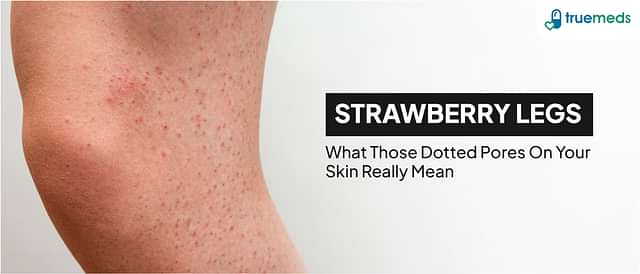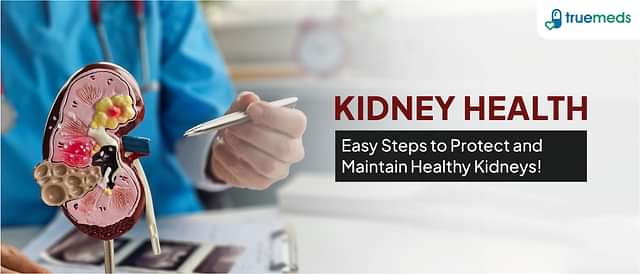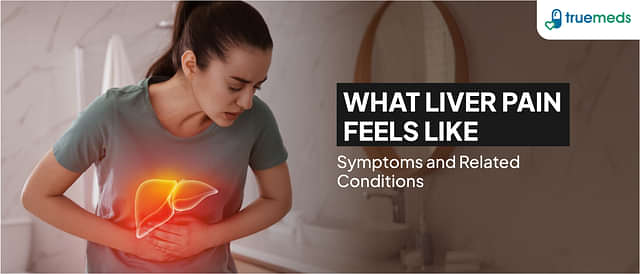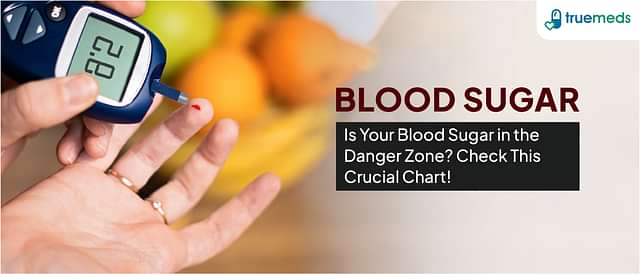Liver Spot
Liver spots, also known as age spots or solar lentigines, are flat, brown, grey, or black spots on the skin that usually appear in areas exposed to the sun. They are a common condition associated with ageing and exposure to ultraviolet radiation from the sun. Liver spots are not related to liver function, despite their name, and are more common in adults over 50.
Last updated on : 12 Jun, 2025
Read time : 12 mins
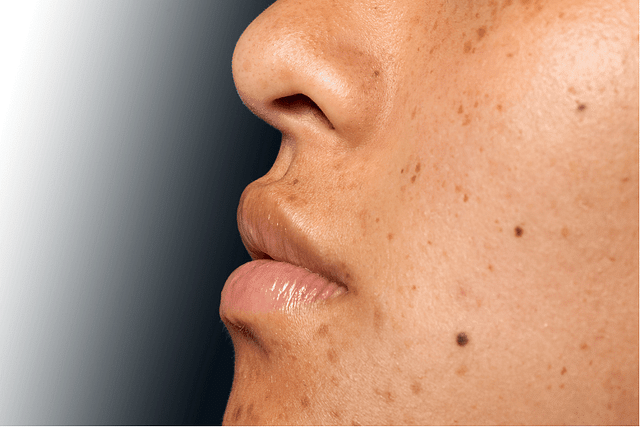
Overview of Disease
Liver spots, also known as age spots typically appear on areas of the skin frequently exposed to the sun, such as the face, hands, shoulders, and arms. While liver spots are medically harmless, they can affect a person’s appearance by creating an uneven skin tone, often making the skin look older. This can impact self-confidence, especially when the spots are highly visible. Although liver spots are non-cancerous, any sudden changes in size, shape, or color should be evaluated by a dermatologist to rule out more serious conditions, such as melanoma.
What is Liver Spot?
Liver spots are flat, darker patches of skin that typically appear on areas frequently exposed to the sun, such as the face, hands, and arms. They can range in size from about one-quarter to one centimetre across.
Despite the name, liver spots have no connection to liver function; the term comes from their colour, which can range from tan to dark brown. They are also commonly known as age spots, sun spots, or solar lentigines.
Key Factors about Liver Spot
| Category | Details |
| Also Referred as | Age spots, Sun spots, Solar lentigines |
| Commonly Occurs In | Adults over 40, People with significant sun exposure |
| Affected Organ | Skin (hands, face, shoulders, arms) |
| Type | Benign skin condition |
| Common Signs | Flat, light brown to black patches, Painless |
| Consulting Specialist | Dermatologist |
| Treatement Procedures | Bleaching lotions (hydroquinone), Cryotherapy, Laser treatment, Intense pulsed light |
| Managed By | Over-the-counter and prescription creams, lotions, or gels containing ingredients such as hydroquinone and tretinoin |
| Mimiciking Condition | Skin cancer (particularly melanoma) |
Symptoms of Liver Spot
Liver spots can appear on all skin types but are more prevalent in adults with lighter skin tones. Unlike freckles, which are common in children and tend to fade when sun exposure is reduced, age spots persist over time and do not disappear, even without further sun exposure. Here are the symptoms of liver spots:
The primary symptoms of liver spots are related to their appearance on the skin. These include:
- Flat, oval-shaped patches of dark skin
- Colour ranging from light brown to black
- Size varying from a few millimetres to over a centimetre in diameter
- Commonly appearing on sun-exposed areas, such as the face, hands, shoulders, and arms
- Smooth texture, with no raised or rough areas
- Painless and non-itchy
It is important to note that while true liver spots are not dangerous, they can sometimes resemble certain types of skin cancer. If you notice any changes in the appearance of your liver spots, such as darkening or rapid growth, it is essential to consult with a dermatologist for an accurate diagnosis.
Causes of Liver Spot
Age spots develop due to overactive pigment cells, primarily triggered by prolonged ultraviolet (UV) light exposure. UV rays accelerate melanin production, the natural pigment responsible for skin color. Over time, excessive melanin can clump together, forming dark patches on sun-exposed areas.
Frequent use of tanning beds and lamps can also contribute to age spots. Additionally, certain medical treatments, such as radiation therapy, may lead to their formation. These spots commonly appear on areas like the face, hands, shoulders, and arms, where melanin accumulation is most prominent due to repeated sun exposure.
Liver spots result from various factors that influence skin pigmentation. These include:
- Sun exposure: Liver spots primarily result from extended and repeated exposure to ultraviolet radiation from the sun. UV rays boost melanin production in the skin, which leads to the development of these spots over time.
- Ageing: As people age, the skin's ability to repair itself diminishes, and the cumulative effect of sun exposure throughout the years can lead to the development of liver spots. This is why they are more common in people over the age of 40.
- Genetics: A genetic predisposition can play a role in the development of liver spots. Individuals with a family history of liver spots may be more likely to develop them themselves.
- Skin type: Individuals with fair skin have less melanin, making their skin more susceptible to UV damage and, thus, more prone to liver spots. Fair-skinned individuals often develop these spots more readily than those with darker skin.
- Hormonal changes: Hormonal changes, particularly those associated with pregnancy or the use of oral contraceptives, can contribute to the formation of liver spots. These hormonal fluctuations can affect melanin production and lead to pigmentation changes in the skin.
- Medications: Certain medications, such as those that increase sensitivity to sunlight, can heighten the risk of developing liver spots. This is due to increased susceptibility to UV damage while on these medications.
Risk Factors
You might be more likely to develop age spots if you:
- Have light skin
- Prolonged sun exposure
- Have a history of frequent or intense sun exposure
- Frequently use tanning beds
Prevention of Liver Spot
Preventing liver spots primarily involves reducing exposure to the sun and protecting the skin from harmful UV radiation. Some of the preventative measures include:
Sun protection: Apply a broad-spectrum sunscreen with an SPF of at least 30 daily, even on cloudy days. Be sure to apply the sunscreen 15–30 minutes before going outside.
Protective clothing: When spending time outdoors, especially during peak sun hours (between 10 am and 4 pm), wear protective clothing such as long-sleeved shirts, pants, and wide-brimmed hats.
Seek shade: Whenever possible, seek shade during peak sun hours to minimise direct exposure to UV radiation.
Avoid tanning beds: Tanning beds emit UV radiation and should be avoided to prevent liver spots and other forms of skin damage.
By adopting these preventive measures, you can help maintain the health and appearance of your skin, reducing the likelihood of developing liver spots and other sun-related skin concerns.
Diagnosis & Tests
Diagnosing liver spots typically involves a combination of visual examination and, if necessary, diagnostic tests to confirm the nature of the spots. The process includes:
- Visual examination: The doctor will assess the colour, size, shape, and distribution of the spots to determine if they are consistent with typical liver spots.
- Medical history: A detailed medical history is often taken to understand the patient’s sun exposure habits, skin type, and any related symptoms. This information helps distinguish liver spots from other skin conditions.
- Dermatoscopy: In some cases, a dermatoscope may be used for a more detailed examination of the spots. This handheld device provides a magnified view of the skin, allowing the doctor to better evaluate the characteristics of the spots and rule out other conditions.
- Biopsy: If there is any uncertainty or concern about the nature of the spots, a skin biopsy may be performed. A small sample of the affected skin is removed and examined under a microscope to confirm that the spots are benign liver spots and not indicative of a more serious condition, such as skin cancer.
- Imaging tests: Though rarely needed, imaging tests might be used in complex cases to assess the depth of skin changes or to monitor any associated conditions.
Treatment & Management
If you want to diminish the appearance of age spots, several treatment options can help lighten or remove them. Successful management requires therapies that reach the epidermis, where the excess pigment resides, to lighten or remove the spots.
1. Prescription Medications
Dermatologists may prescribe topical agents that work gradually by reducing melanin production or promoting skin turnover.
Commonly prescribed medications include:
- Hydroquinone (2%–4% topical): A skin-lightening agent that inhibits tyrosinase, the enzyme involved in melanin production
- Tretinoin (Retinoic acid): Increases cell turnover and promotes fading of pigmentation
- Corticosteroids (e.g., hydrocortisone): Often used in combination to reduce irritation from hydroquinone or tretinoin
- Triple Combination Cream
- Hydroquinone + Tretinoin + Fluocinolone acetonide (e.g., Triluma): FDA-approved for melasma, often used off-label for age spots
Other medical topical treatments:
- Azelaic acid: Inhibits melanin synthesis
- Kojic acid: A natural melanin inhibitor
- Niacinamide (Vitamin B3): Reduces melanosome transfer from melanocytes to keratinocytes
- Vitamin C (Ascorbic acid): Antioxidant that lightens pigmentation over time
2. Laser and Light-Based Therapies
These are highly effective for targeting and breaking down melanin within the skin.
- Intense Pulsed Light (IPL): Targets pigment clusters without damaging surrounding skin
- Non-ablative lasers (e.g., Nd: YAG, Alexandrite): Break down pigment with minimal downtime
- Ablative lasers (e.g., CO₂, Er: YAG): Remove the top layers of skin, stimulating new skin growth and reducing pigmentation
- Q-switched lasers: Specifically target melanin and are effective for dark spots
3. Cryotherapy (Freezing Therapy)
- Liquid nitrogen is applied to the age spot for a few seconds, destroying the excess pigment cells.
- As healing occurs, the spot fades or disappears.
- Effective for individual or isolated lesions but may cause temporary lightening or scarring.
4. Chemical Peels
Chemical peels exfoliate the skin and stimulate new skin growth.
Types of peels:
- Superficial peels: Glycolic acid, lactic acid, salicylic acid: These help exfoliate the upper layers of the skin, promoting skin cell turnover and gradually fading liver spots.
- Medium peels: Trichloroacetic acid (TCA): Penetrates deeper into the skin to remove pigmented cells and improve skin tone and texture more effectively.
- Deep peels: Phenol (rarely used due to side effects): Removes deeper layers of skin to target severe pigmentation, but is used cautiously due to higher risk of side effects.
Outcome: Peels help fade pigmentation and improve skin texture over multiple sessions.
5. Microdermabrasion and Dermabrasion
- Microdermabrasion: A non-invasive procedure that removes the outer skin layer using fine crystals or a diamond tip. Best for mild age spots with multiple sessions.
- Dermabrasion: A more aggressive treatment using a rotating brush or blade to resurface deeper skin layers. More effective, but comes with a longer recovery time.
6. Over-the-Counter (OTC) Creams and Serums
Many OTC formulations contain skin-lightening ingredients used in lower concentrations:
- Hydroquinone: Works by inhibiting melanin production, helping to lighten dark spots and even out skin tone.
- Retinol: Promotes skin cell turnover and helps fade pigmentation gradually by accelerating the removal of discoloured skin cells.
- Vitamin C (ascorbic acid): Acts as an antioxidant and reduces melanin production, which helps brighten the skin and lighten liver spots.
- Niacinamide: Reduces the transfer of melanin to skin cells, thereby helping to fade pigmentation and improve skin clarity.
- Alpha arbutin: Naturally inhibits tyrosinase, an enzyme involved in melanin formation, making it effective in reducing dark spots.
These products require consistent use for several weeks or months to see noticeable results.
Living with Disease
If you have liver spots, there are several things you can do to manage their appearance and prevent new ones from developing. These include:
Protect your skin from the sun by using high-quality, broad-spectrum sunscreens with an SPF of at least 30, wearing protective clothing, and avoiding peak sun hours.
Maintain a regular skincare routine that includes products containing retinoids and vitamin C, which can help fade age spots over time.
Avoid using harsh skincare products, especially those containing mercury, as they can have serious side effects.
Monitor your spots regularly and consult a dermatologist if you notice any changes in their appearance, such as irregular borders or colour variations.
When to See a Doctor?
Although liver spots are generally harmless, it is essential to consult a dermatologist if you notice any changes in the appearance of your age spots, such as:
Rapid increase in size
Irregular borders
Asymmetrical shape
Unusual colouration (e.g., black, blue, or white)
Itching, bleeding, or crusting
These changes could be signs of melanoma, a serious form of skin cancer. A dermatologist can perform a thorough examination and, if necessary, perform a biopsy to rule out any malignant growths.
Key Takeaways
Liver spots, or age spots, are harmless dark spots that appear on sun-exposed areas of the skin due to excess melanin production.
Various treatment options are available for liver spot removal, including topical treatments, chemical peels, laser therapy, IPL, microdermabrasion, and cryotherapy.
Protecting your skin from UV light, avoiding peak sun hours, wearing protective clothing, and maintaining a consistent skincare routine can help manage and prevent liver spots.
Consult a dermatologist if you notice any unusual changes in the appearance of your age spots, as these could be signs of melanoma, a serious form of skin cancer.
FAQs
What do liver spots indicate?
Liver spots, also called age spots or solar lentigines, are dark patches on the skin that develop due to sun exposure and ageing. They do not indicate liver problems.
Is a spot on the liver serious?
Liver spots are not related to the liver or liver function. They are harmless skin blemishes that appear on sun-exposed areas.
Will liver spots go away?
Liver spots generally do not disappear on their own. However, various treatments like skin-lightening creams, laser therapy, or chemical peels can help reduce their appearance.
Are liver spots cancerous?
Liver spots are non-cancerous skin changes. Nonetheless, it is advisable to have any new or changing skin spots checked by a dermatologist to exclude skin cancer.
How to remove liver spots naturally?
While natural remedies may not eliminate liver spots completely, protecting the skin from UV rays can prevent new spots. Using sunscreen, wearing protective clothing, and avoiding peak sun hours can help.
How to remove spots from face in 2 days naturally?
There are no proven natural techniques to eradicate liver spots from the face within a couple of days. Significant improvements usually require medical treatments over multiple sessions.
What foods prevent liver spots?
Foods rich in antioxidants and vitamins can help prevent liver spots. These include citrus fruits (for vitamin C), leafy greens (for vitamins A and C), nuts and seeds (for vitamin E), and tomatoes (for lycopene).
What vitamin stops liver spots?
Vitamin C helps prevent and reduce liver spots by inhibiting melanin production and promoting skin regeneration.
What oil is good for liver spots?
Rosehip oil is beneficial for treating liver spots due to its vitamins A and C, which help reduce pigmentation. Argan oil, rich in vitamin E, also aids in improving skin tone and texture.
References
MedlinePlus. (2022). Aging spots - should you be concerned? https://medlineplus.gov/ency/article/002086.htm
National Institute on Aging. (2017). Skin care and aging. https://www.nia.nih.gov/health/skin-care-and-aging
American Academy of Dermatology Association. (2021). What can get rid of age spots? https://www.aad.org/public/cosmetic/age-spots-marks/get-rid-spots
Latest health articles
Top Health Essentials
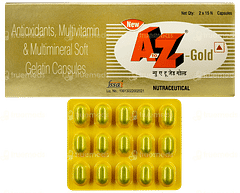
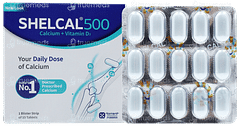
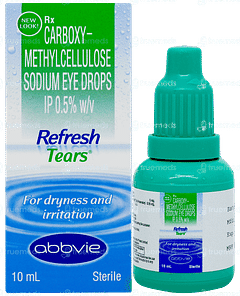
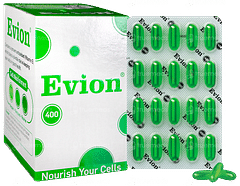
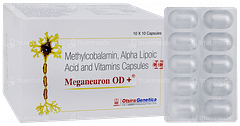
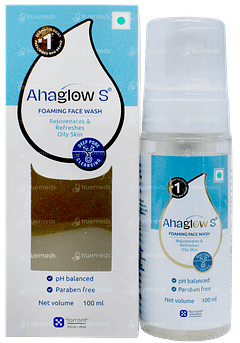

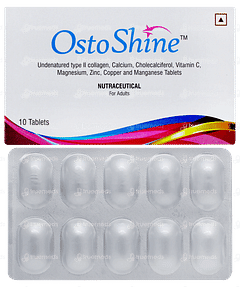
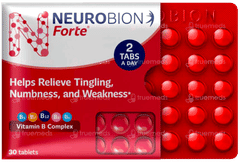
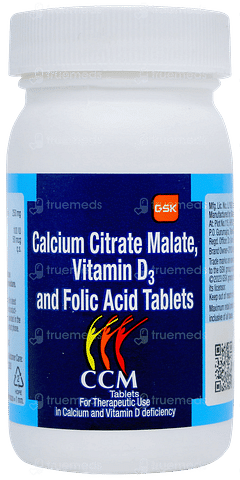
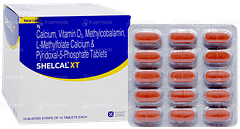
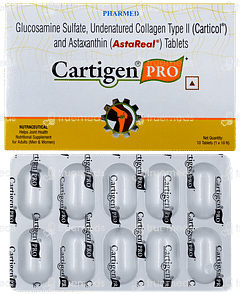

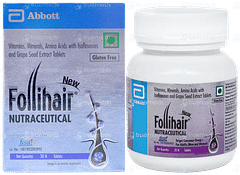
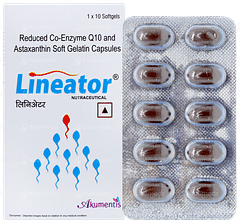
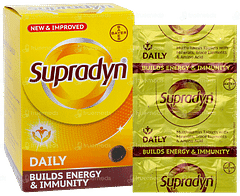
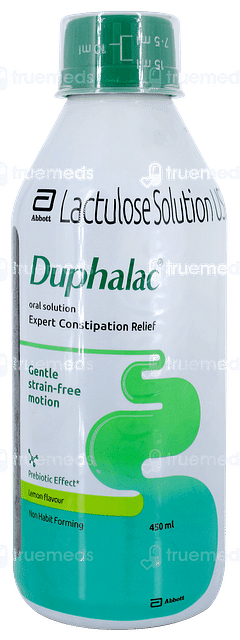
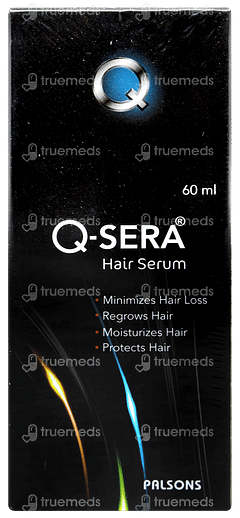
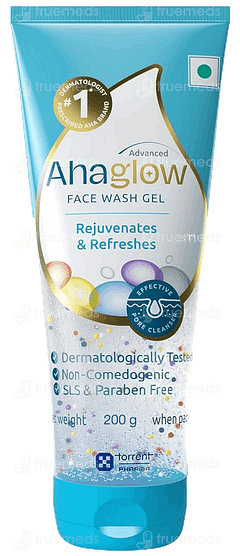
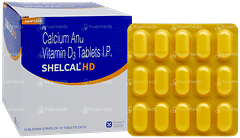
Disclaimer
Top-Selling Medicines:
...View more
Top-OTC medicines:
...View more
Company
About UsHealth ArticleHealth StoriesDiseases & Health ConditionsAyurvedaAll MedicinesAll BrandsNeed HelpFAQSecuritySubscribe
Registered Office Address
Grievance Officer
Download Truemeds
Contact Us
Our customer representative team is available 7 days a week from 9 am - 9 pm.
v4.8.0
2025 - Truemeds | All rights reserved. Our content is for informational purposes only. See additional information.
Our Payment Partners











